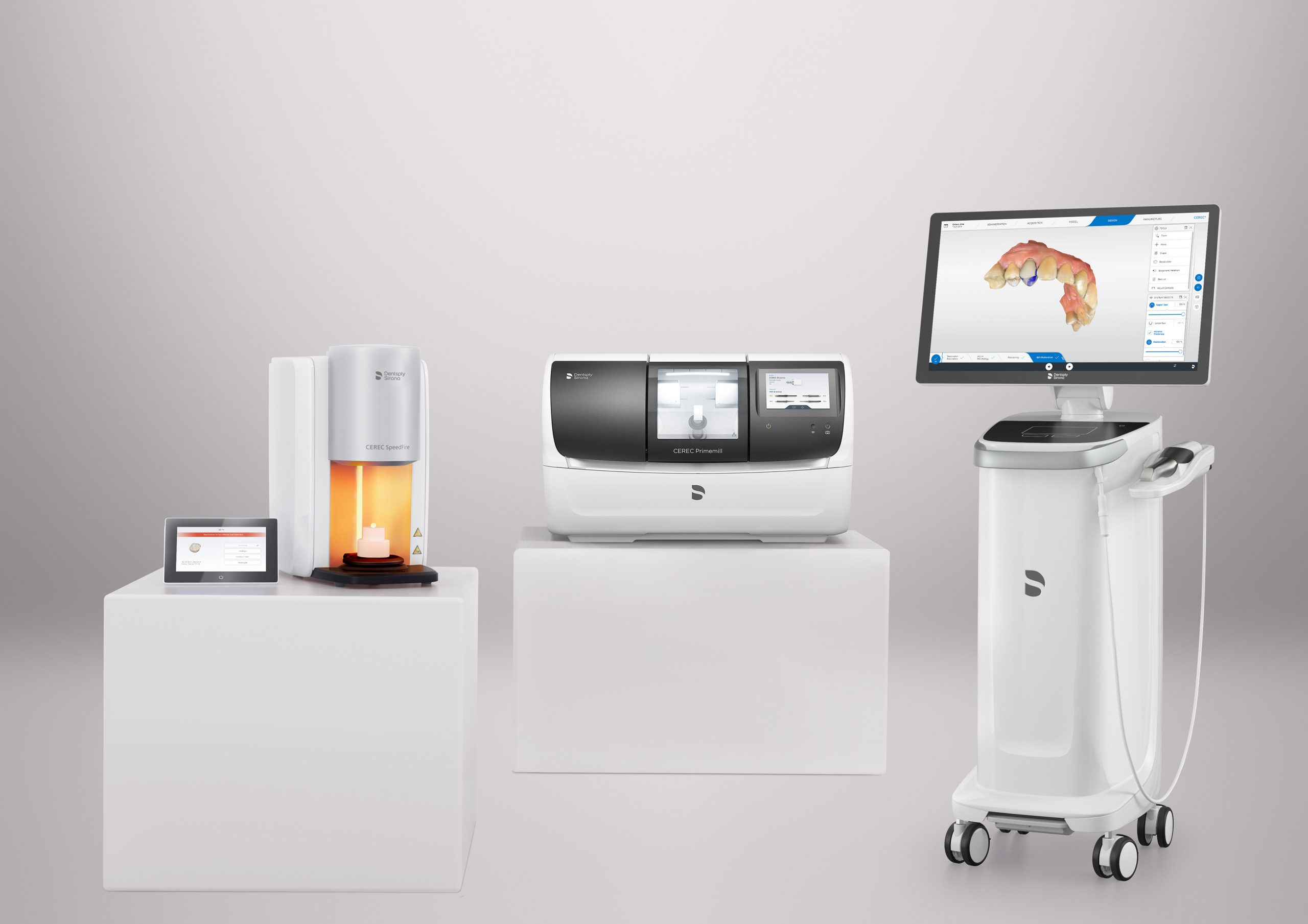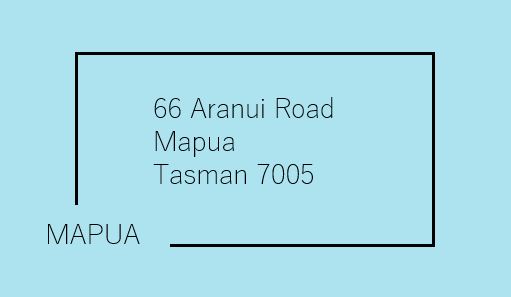
Crowns and Bridges
A crown is a dental restoration that is custom shaped for your tooth. It is often referred as a cap that wraps around and encloses the tooth. Crowns are recommended when a tooth is weakened by being heavily filled, broken down or root filled. It will provide strength to a damaged tooth. They may also be used for cosmetic reasons.
Crowns are frequently made from gold or a ceramic tooth coloured material. They can also be made from a plastic composite material. Your dentist will discuss which is the best option for you.
A bridge replaces one or more missing teeth. It requires strong teeth on either side of the missing tooth to support the bridge structure.
CEREC Crowns
CEREC is a powerful digital technology using CAD/CAM technology (Computer Aided Design/ Computer Aided Manufacturing).
The teeth are simply scanned with our digital scanner and the porcelain crown is designed manufactured on the same day. CEREC is able to create crowns, bridges, dental implant crowns, inlays, onlays and veneers.
Same day procedure with CEREC
CEREC allows the crown to completed in the one visit. Rather than having to wait 2 weeks for your new crown it is all done on the one day. You are no longer sent away with an annoying and often sensitive, temporary crown.
Advantages of CEREC vs conventional crowns
Messy and uncomfortable dental impressions are no longer required. The model is created digitally and within a few minutes.
The digital design and fabrication is incredibly accurate allowing us more control over the process.
CEREC crowns are strong and look amazing. They can last as long as the old style crowns


Traditional Crown and Bridge Procedure
To create a crown generally 2 appointments are required over 2-3 weeks. The first appointment will be slightly longer 1-1.5 hrs approximately, with the second appointment being of shorter length.
At the first appointment, the tooth structure is shaped under local anaesthetic to create a cone shape that the crown will be cemented over. If there is very little tooth structure remaining a core may need to be built up firstly to provide enough structure to bond the crown to.
An impression model is taken of the shaped tooth structure and this will be sent to the laboratory for fabrication of your custom made tooth. A colour match will also be recorded. It can take about 2 weeks for the crown to be made. During this time you will have a temporary crown cemented in place. The temporary crown is not strong and will require you to be gentle with eating. The temporary crowns can also stain with strong coloured foods such as curry, so these should be avoided particularly if you have temporary crowns on your front teeth.
When the crown is returned from the lab, your temporary crown is removed and the permanent crown cemented into place. Your bite will be checked and adjusted if necessary.
Gold and metal crowns
A gold crown is gold in appearance and is made of a gold alloy. Due to the colour they are generally only used on back teeth. They are an excellent crown with a long successful history, and are the “gold standard” of crowns.
They are an excellent option as can be made very thin, therefore only requiring a small amount of shaping to be done on your tooth. They have a similar wear level as your natural teeth so do not cause any damage to the opposing teeth. They are also very strong and unlikely to fracture, so are useful in people with a strong bite or who are clenchers and grinders. They are also quite inert so there is not likely to be any irritation.
Being metal they can be a little sensitive initially as hot and cold passes through metal easily. This usually settles within a few weeks.
Porcelain and ceramic crowns
These are the tooth coloured aesthetic crowns, with a shade selected so it blends in with your other teeth.
Porcelain is harder than natural teeth, consequently you will have wear on your opposing teeth. It is also a brittle structure so can be prone to fracturing. Porcelain also requires a thicker layer than the gold to achieve sufficient strength so there will be greater tooth tissue removal than for a gold crown when the tooth is prepared.
Porcelain fused to metal crown PFM
A thin layer of porcelain is fused to an inner layer of metal. This provides a compromise in the tooth colour while having the increased strength of a metal base. Due to the metal base this changes the opacity so the colour is unable to be fully matched to natural teeth. The margins may also appear darker so with gum recession over time you may see the appearance of a darker line at the gum level.
Porcelain fused to Zirconia or full Zirconia
Zirconia is a white crystalline oxide material that is very strong and tooth coloured. It offers a good cosmetic option allowing colour and opacity to be matched well. It is strong but can fracture. It requires additional tooth structure removal compared with the gold crown.
Composite crowns
Composite is a resin type material that is moulded into shape in your mouth and then set with a bright light. It is a cheaper alternative to gold or porcelain crowns. They can be made indirectly or directly in the mouth so only one appointment is required. They are chemically bonded to the tooth.
The composite is weaker and longevity is significantly less than gold or porcelain crowns.
OVC – One Visit Crowns
The OVC is a hybrid of composite resin and ceramic designed by the clever folks at Rhondium in Katikati New Zealand. The tooth is prepared and the OVC shaped and fitted. It is cemented into place at the one appointment. These are a cheaper option as they only require the one visit. However they are a new technique so there is not large amount of data to estimate how long they will last,


Stoke Location
Mapua Location
575 Main Road Stoke Nelson
Mapua - One Dental
66 Aranui Road
Maupa
Tasman 7055
035403440
office@onedental.co.nz


 Phone
Phone